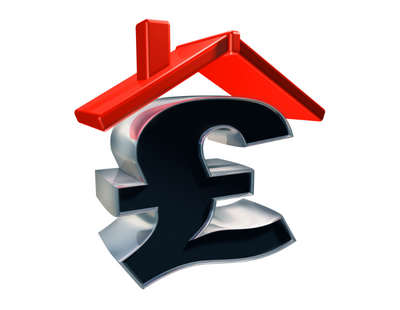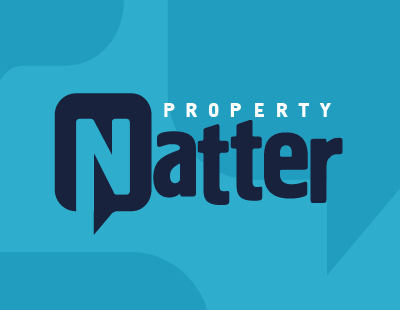Less infamous but longer lasting has been the Halifax House Price Index which was established in January 1983 - the first such index to have mainstream currency.
Today we have a plethora of indices so it’s perhaps difficult to appreciate the impact when the Halifax measure first appeared.
Back then the average UK house price was £26,188 - yes, really - and Bank of England base rate was (wait for it…) 11.0 per cent.
Since then, average house prices have grown 974 per cent to £281,272 and today the base rate may be causing havoc for many but nonetheless sits at a more modest 3.5 per cent.
While the cost of buying a home was at its lowest when the Index began, looking over the past four decades, prices peaked in August 2022 at £293,992 - since then, the index has given four straight months of price falls.
Regionally, London was the most expensive place to buy a home in early 1983, as it is today. Properties in the capital were an average £36,056 in the first three months of that year, compared to £541,239 today.
Yorkshire and the Humber was the cheapest place to buy a property when the Index began (£20,332 then, £205,466 now), whereas the properties with the lowest average cost can now be found in the North East (£169,980 against £21,494 in Q1 1983).
In Scotland, the average property in the first quarter of 1983 was £26,411 vs £200,166 today.
In Wales, the average home now costs £217,547, compared to £21,388 forty years ago.
For Northern Ireland, those buying in the first three months of 1983 needed £23,383 on average, today it is £183,825.
The Halifax index - Britain’s oldest - was created for the media but, in the absence of other tools to measure house prices at the time, it quickly gained a powerful reputation and was used to inform the Bank of England’s monetary policy committee.
Because this significance as a tool for economists overtook its media profile, the index in 2015 was sold off to analytics company IHS Markit.
This firm still produces the monthly index today based on around 12,000 Halifax loan approvals each month, covering all 12 regions of the UK. This represents 15 to 20 per cent of all mortgage offers.
So the index remains effectively powered and sponsored by Halifax but is no longer compiled by the brand’s parent company, Lloyds Banking Group.
It’s now one of around 10 monthly house price measures so inevitably it’s less high profile than before.
Even so and just like Billy Joel, Culture Club, Duran Duran and Rod Stewart - all number one artists in 1983 - the Halifax is still around and well respected.
It could have been much worse … after all, the ill-fated Austin Maestro was launched in 1983 as well.
See you next week…
*Editor of Letting Agent Today and Landlord Today, Graham can be found tweeting about all things property at @PropertyJourn
























Join the conversation
Jump to latest comment and add your reply
Those were the days my friend!!
Please login to comment